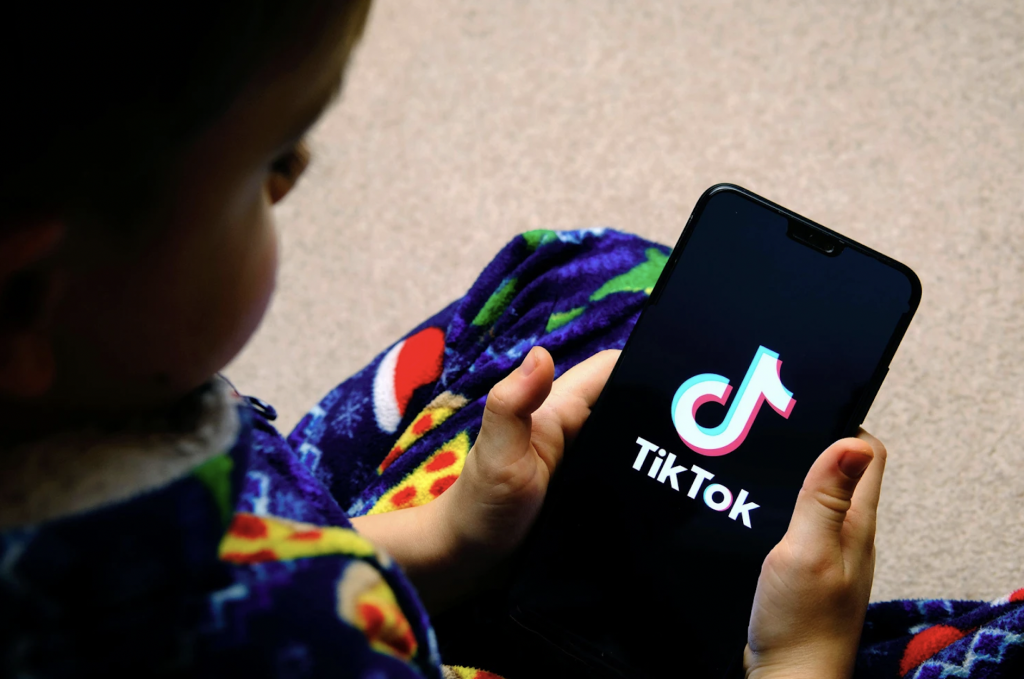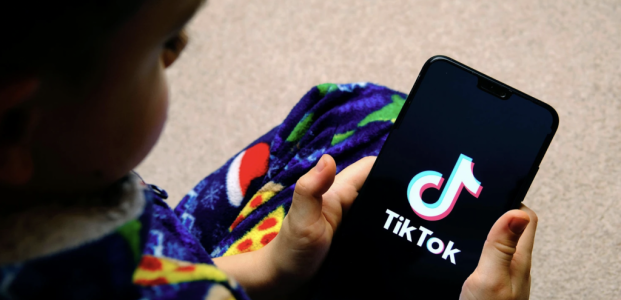CW: This post includes discussions of sexual assault, harassment and rape which some readers might find distressing. If you need to reach out to any help or assistance, please contact 1800 RESPECT.

If you’re a parent or someone who spends a lot of time surrounded by children, you’ve probably heard of the latest video-sharing app sweeping the internet: TikTok. It’s free, it’s accessible, it can be fun and creative… and it’s already changing the way we experience social media and connect with others amongst the online community.
Since 2016, TikTok has been and continues to be a form of expression for its users, giving them a platform to engage with their individual passions and extend their creative scope when used responsibly and safely. With catchy songs, at times coupled with viral dance moves and lip-syncing, as well as innovative editing features, it’s no surprise that TikTok has become so popular, especially with children. As Safer Internet Day rapidly approaches, it’s now more important than ever to consider whether TikTok does enough to ensure the safety of their young users, and what parents and teachers can do to facilitate the responsible use of the app.
Prominent concerns surrounding TikTok have been largely linked to predatory behaviour from strangers, exploitation and even damaging trends that can result in both emotional and psychological trauma. For example, a horrifying trend from 2021 casted 24 April as a “national day” to conduct rape and sexual assault during National Assault Awareness Month. Moreover, the young user base means that children are increasingly vulnerable to grooming behaviour, being preyed upon and oversexualisation. This is incredibly alarming and concerning, given that social media tends to amplify the ever-changing environment that young people are already experiencing in their everyday lives.
TikTok’s safety measures
So, what has TikTok done to prevent these behaviours and protect the best interests of their young users? TikTok has rolled out some safety measures in an attempt to consolidate a safer online environment and healthy digital footprint. Some of these include the option to have a private account (set-by-default for users under 18), Family Safety Mode and a prevention of bullying feature. All users must be over the age of 13. You can find all TikTok’s safety and privacy measures here.
Is this enough?
Quite simply, no. Children can easily insert a false birthdate to gain access to all content, including sexual and violent. Even with a private account, anyone can still easily view a user’s profile picture, username and bio. And with the constant, never-ending stream of videos from creators, young users may be exposed to potentially harmful content that can not only leave long-lasting damage, but cause viewers to emulate the same behaviour.
What can you do?
Given the digital world we are currently living in, it’s crucial to understand that social media can, at times, be a tool used for the greater good. This Safer Internet Day, it’s important to talk to children and young people about how to use apps like TikTok responsibly, as well as promote and model safe and ethical online behaviour that minimises the risk of harm and danger.

